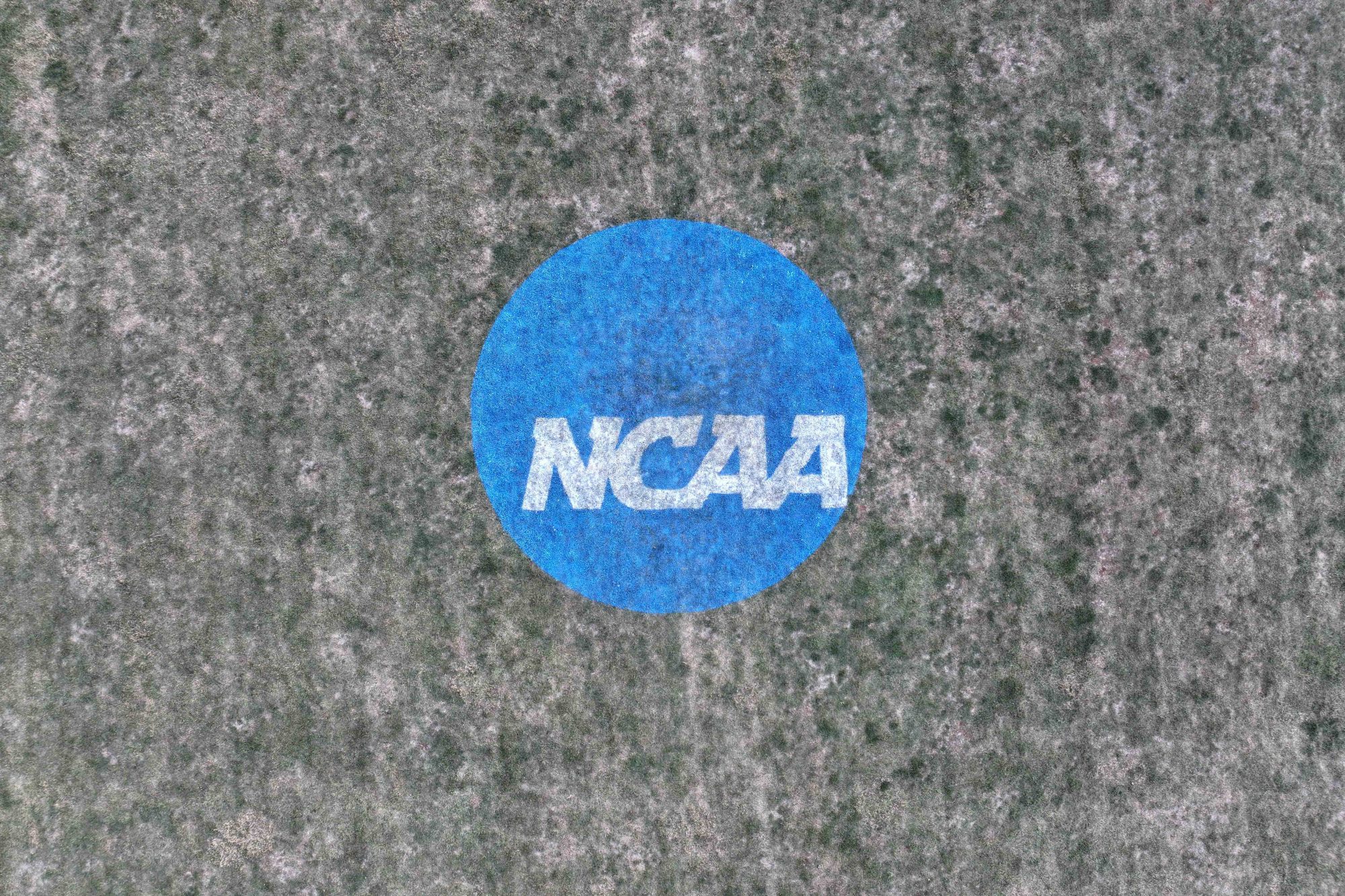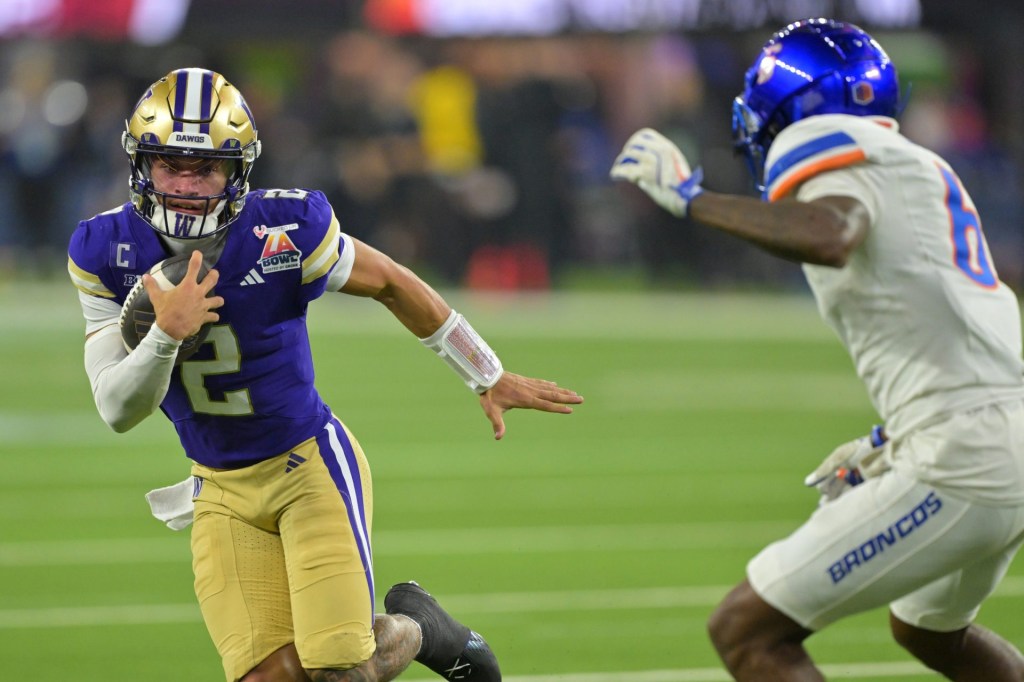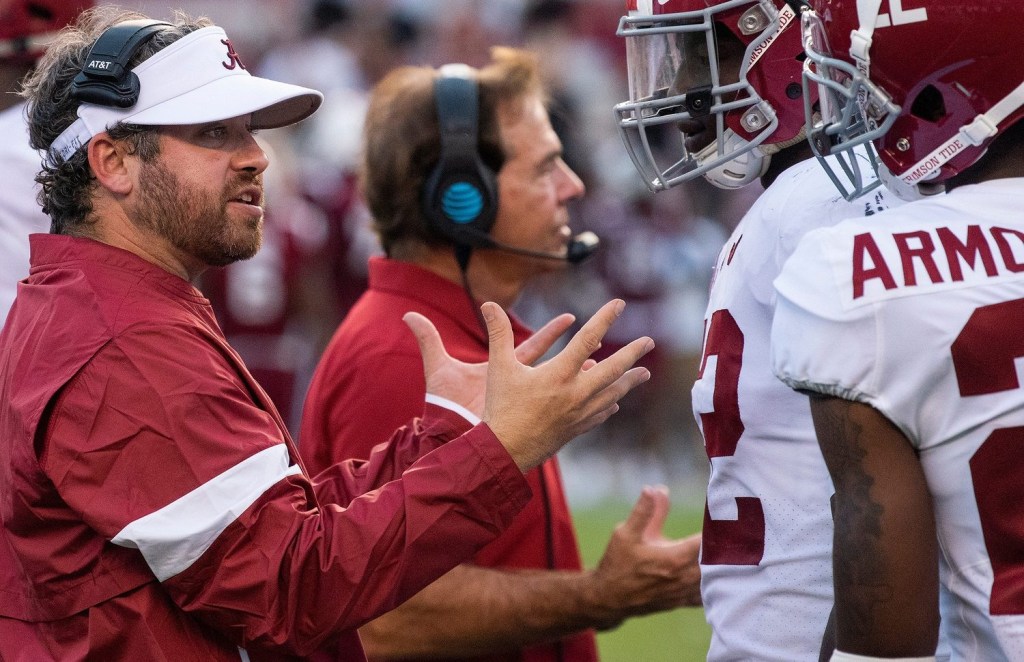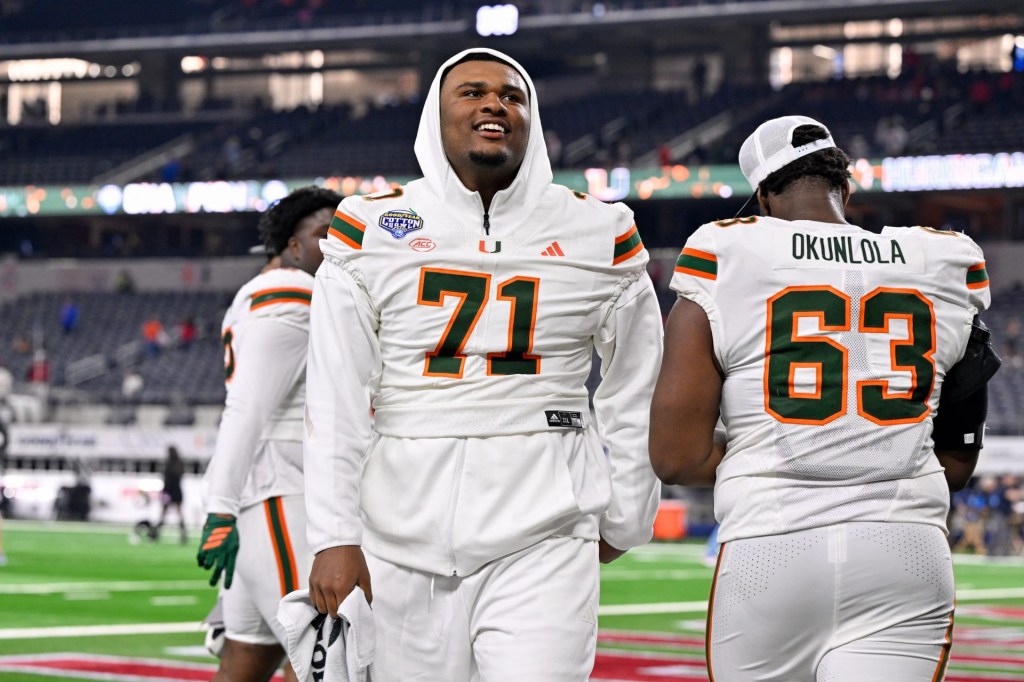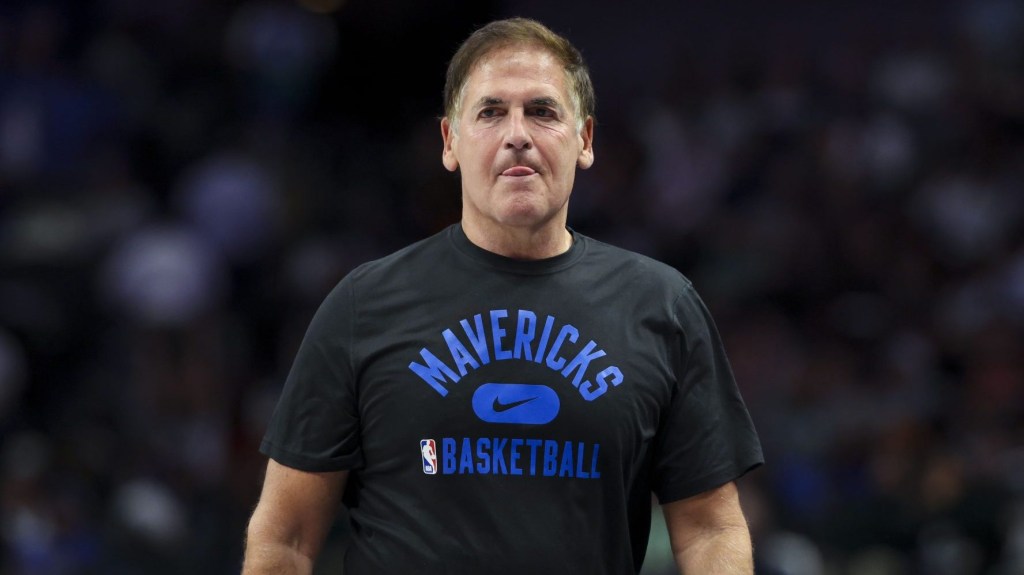For the first time, the NCAA is proposing loosening its grip on amateurism rules for the richest schools in Division I.
On Tuesday, NCAA President Charlie Baker sent a letter to D-I schools, obtained by Front Office Sports, proposing a model that would allow some institutions to compensate athletes more directly and share in name, image, and likeness revenue.
The letter’s recommendations fall short of deeming athletes employees, offering salaries, or allowing them to unionize.
This marks the NCAA’s latest attempt to save itself from the flurry of litigation that could force it to altogether abandon its business model of athlete amateurism. From federal courts to the National Labor Relations Board to Congress, outside entities are pushing for reform.
“It is time for us – the NCAA – to offer our own forward-looking framework,” Baker said in his letter, which proposes three main changes:
- All D-I schools get the opportunity to offer whatever “educational benefits” they believe are appropriate. Currently, cash education-related benefits are currently capped, as per the ruling in the NCAA v. Alston Supreme Court decision in 2021.
- Schools can enter NIL opportunities “with their student-athletes,” something they previously weren’t allowed to do.
- And a “subdivision” of the richest programs will each invest $30,000 per year, per athlete, in a trust fund for at least half of players. (Baker noted that this must fit within the current Title IX framework.)
Baker’s proposal “gives the educational institutions with the most visibility, the most financial resources and the biggest brands an opportunity to choose to operate with a different set of rules that more accurately reflect their scale and their operating model,” he wrote.
He also suggested that the new rules would allow self-regulation within the schools impacted by collectives and the transfer portal.
Schools will now have the opportunity to provide feedback on the proposal, though there is no timeline in the letter for next steps.
